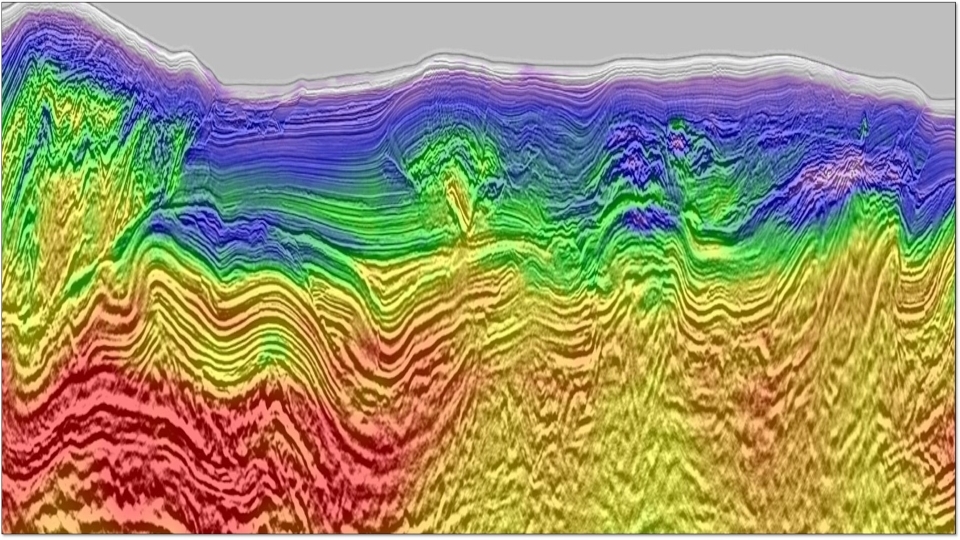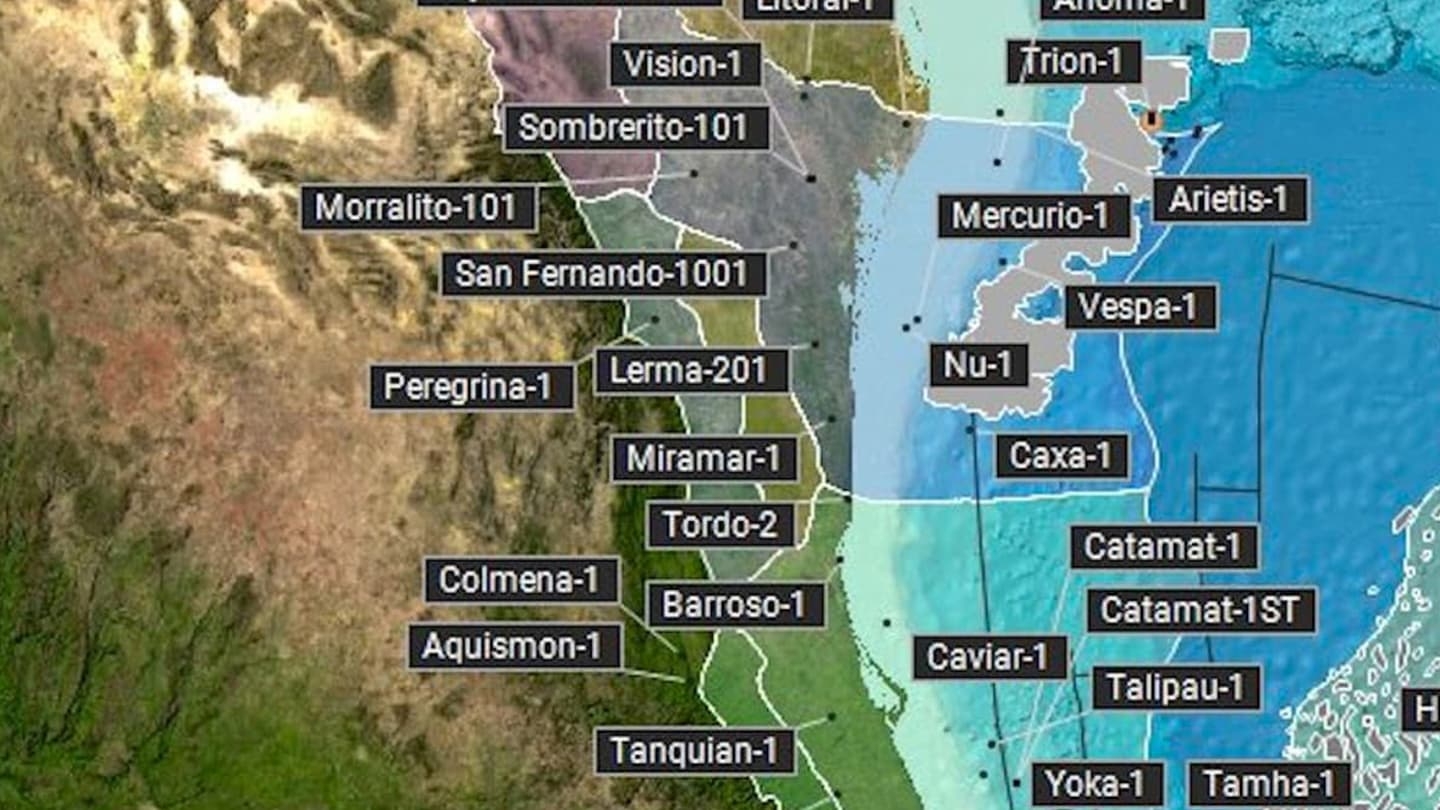Technical Abstract
Resolving Complex Carbonate Imaging Challenges with FWI on Short-Offset Vintage Streamer Data
Back to Technical ContentCarbonate velocity model building is challenging due to the complex geometry and sharp velocity contrasts associated with carbonates. Full-waveform inversion (FWI), together with long offsets, wide azimuth and good low frequency data, is known to be a powerful tool to address these challenges. Unfortunately, many vintage streamer datasets are handicapped by limited offsets and azimuth coverage, and a noisy low-frequency component. We used vintage streamer datasets acquired in the South China Sea to demonstrate that Time-lag FWI (TLFWI), together with other tools like dipconstrained tomography and well calibration, can overcome those shortcomings and produce a highresolution velocity field, leading to improved images. TLFWI uses a crosscorrelation cost function to mitigate amplitude mismatch and low signal-to-noise ratio problems. However, the carbonates being out of reach of diving waves can still be challenging to update with FWI, if the starting background velocity is far from the true model. In this case, an iterative FWI flow with well-constrained velocity updates inbetween offers a more reliable solution. The carbonate fracture system poses another challenge for estimating anisotropic parameters inside the carbonate layer. Here we use diffraction imaging to guide the fracture system identification, which helps to estimate an HTI system.
Download Resource 
Publications
EAGE - European Association of Geoscientists and EngineersAuthors
Peipei Deng, Min Wang, Zhonghuan Chen, Keat Huat Teng, Barry Hung (CGG) ; Y. Kim, K. Lee, C. Jeong, S. Oh, H. Choi, S. Kim (SK innovation), F. Huang, M. Luo (CNOOC)





